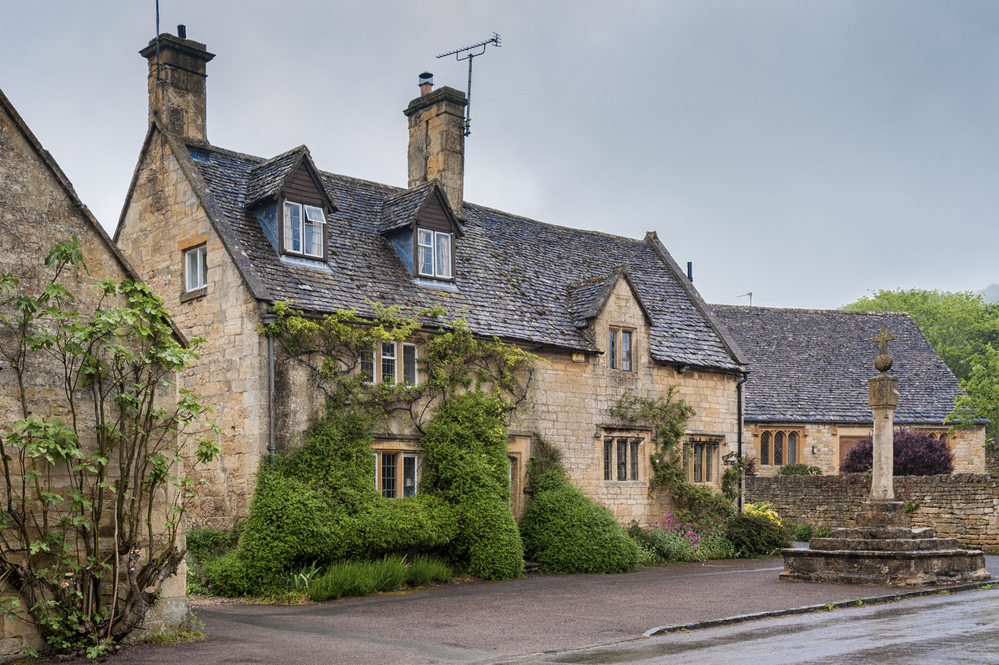
A Guide To Traditional Building Materials For Period Property Restoration
Restoring a period property is a labour of love that requires a deep understanding of historical architecture and a commitment to preserving the charm of
Menu

Restoring a period property is a labour of love that requires a deep understanding of historical architecture and a commitment to preserving the charm of

In a world that’s becoming increasingly environmentally conscious, many homeowners and renovators seek eco-friendly alternatives for their projects. Whether it’s a historic restoration, redecorating with

In the realm of urban renewal, sustainability has become a cornerstone of modern development. The need for environmentally conscious solutions has never been more apparent

Building techniques that have endured through the ages have done so for a reason: they produce dwellings that have an innate affinity for their surroundings and are also natural, strong, and visually pleasing.
In older homes, damp prevention requires adopting techniques such as using lime mortar rather than concrete, and like-for-like repair is always the best option.
We are surrounded by heritage houses, with about 25% of UK housing stock constructed before 1919. It follows that there are over 5 million “traditionally built” homes in England, making it likely that you live in one, are neighbours with one, or pass one every day without even realising it.
Old structures are typically constructed of stone, brick, timber, and earth (cob or wattle and daub), which are then covered in earth or lime-based plaster, render, or paint. These materials are breathable because they allow moisture to permeate the cloth and then evaporate away safely when the conditions are right.
Bricks from that era were softer, measured in imperial rather than metric units, and typically placed with lime mortar. Modern cements shouldn’t ever be used to repoint these softer bricks because they can harm them. Depending on their basic ingredients and the processing method used, their colours vary locally from yellows to buffs and reds, as do their qualities.
Bricks that are hand-made or hand-finished have a traditional appearance that is aesthetically pleasing, but employing them will increase your costs.
It is wise to limit brick replacements for renovations to those that have suffered substantial damage. Use fresh ones that will mature over time instead of recycled ones. Reclamation yards have a lot of second-hand bricks available if you decide to take this option. However, it is prudent to avoid utilising reclaimed bricks as they may be damaged or unfit for external usage.
Up until the turn of the 20th century, lime was a crucial component of construction.
It was used for plastering walls and ceilings as well as render, limewash, and mortar to bind bricks.
Its primary quality is permeability, which lets a building “breathe” rather than suffocate and it also prevents dampness.
Regardless of the historical era or even the social position of the structure itself, using lime mortar in traditional constructions has several advantages.
Given that both Hampton Court Palace and any Victorian estate worker’s cottage were built with similar materials, and both require air to breathe, they should be maintained similarly.
For contemporary usage, lime render is excellent for re-rendering existing walls (as long as they haven’t been painted) and classic wood frames, particularly green oak.
Limewashed walls have a deep matte surface and a lovely multi-shaded look, whether they are painted white naturally or with pigment added. The colour gently changes depending on how much moisture is kept in the wall behind it.
Lime is available as a raw material in two forms: hydraulic (in powder form) and non-hydraulic (in the form of thick lime putty, which is sold either as “hydrated” or “bag lime” or in a tub).
The hydrated powder can also be used to create usable lime putty. The appropriate mixture for each work takes skilful mixing, and depending on the use, sand and even animal hair may be added. Formulations vary based on use.
Protective equipment is necessary since lime is extremely caustic and its reaction with water can be violent, producing a lot of heat. While it cures, it also needs to be protected from cold.
Cob houses, which are again being utilised by a select few to construct homes, are typically found in Devon and are constructed from a mixture of dirt, straw, dung, and animal hair. The cob is prepared on site, layered, then lime-washed after drying.
For ages, clay has been used as render, plaster, and as a paint base. It offers a porous, permeable finish similar to lime. Clay exterior renders are generally not advised due to our humid climate because they could get saturated and, in severe circumstances, wash away. However, it is not nearly as hardwearing as lime and will need further weatherproofing.
Stone has been a crucial component of construction for a very long time, from flint through sandstone and limestone. Reconstituted or imitation stone may be a better option because the expense of new construction can be costly.
Local quarries have historically produced a wide range of stone, from the rough granite of Cornwall to the honey-toned Cotswold stone that gives the region its enduring appeal.
Flint walls used to be able to be both structural and aesthetic, but because cavity walls are now required by building codes, flint is typically knapped to give it a clean face and used as cladding that is embedded in render.
Timber frame construction predominated until the introduction of brick, and there are still large populations of historic structures in places like Lavenham, Stratford-upon-Avon, and Ludlow. More than any other traditional building method, it is seeing a renaissance, with many businesses specialising in wood frame, green oak, and post-and-beam construction. These structures naturally complement other conventional materials, like lime plaster, because of their nature.
There are a variety of different materials that you can incorporate into your restoration or refurb of heritage buildings. Old House Store has a range of Lime Plasters and Mortars to help you stay in keeping with the traditional aesthetic of your heritage project. Speak to us on 0118 946 9146 and we can advise you on the best products for the job.